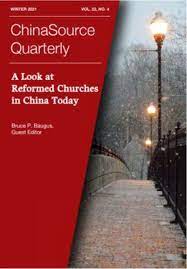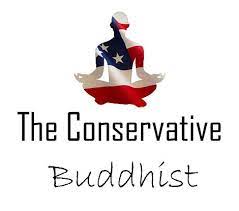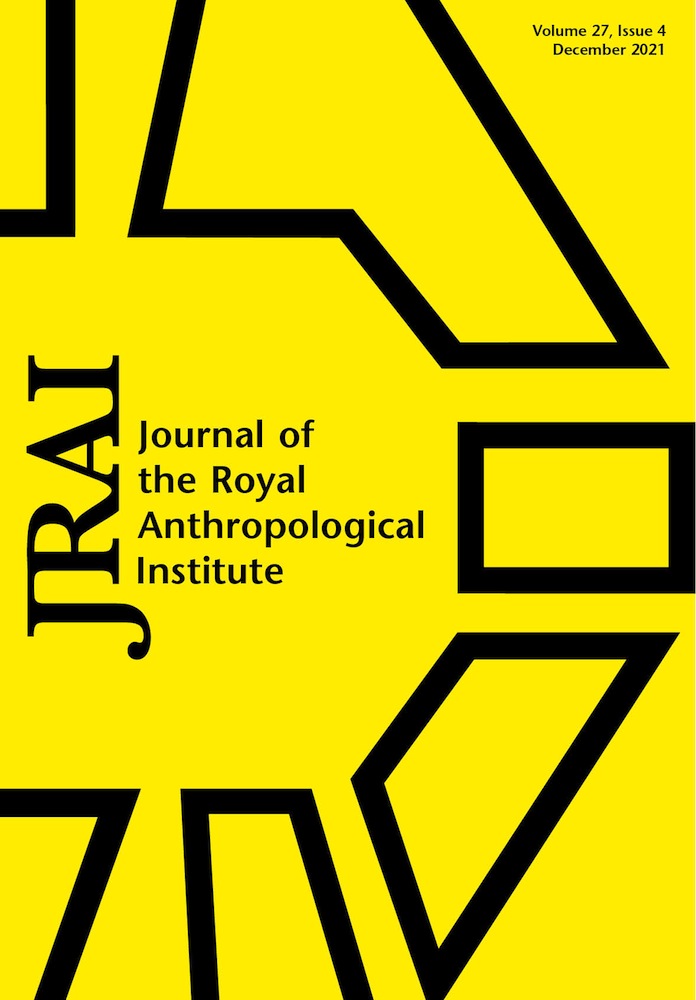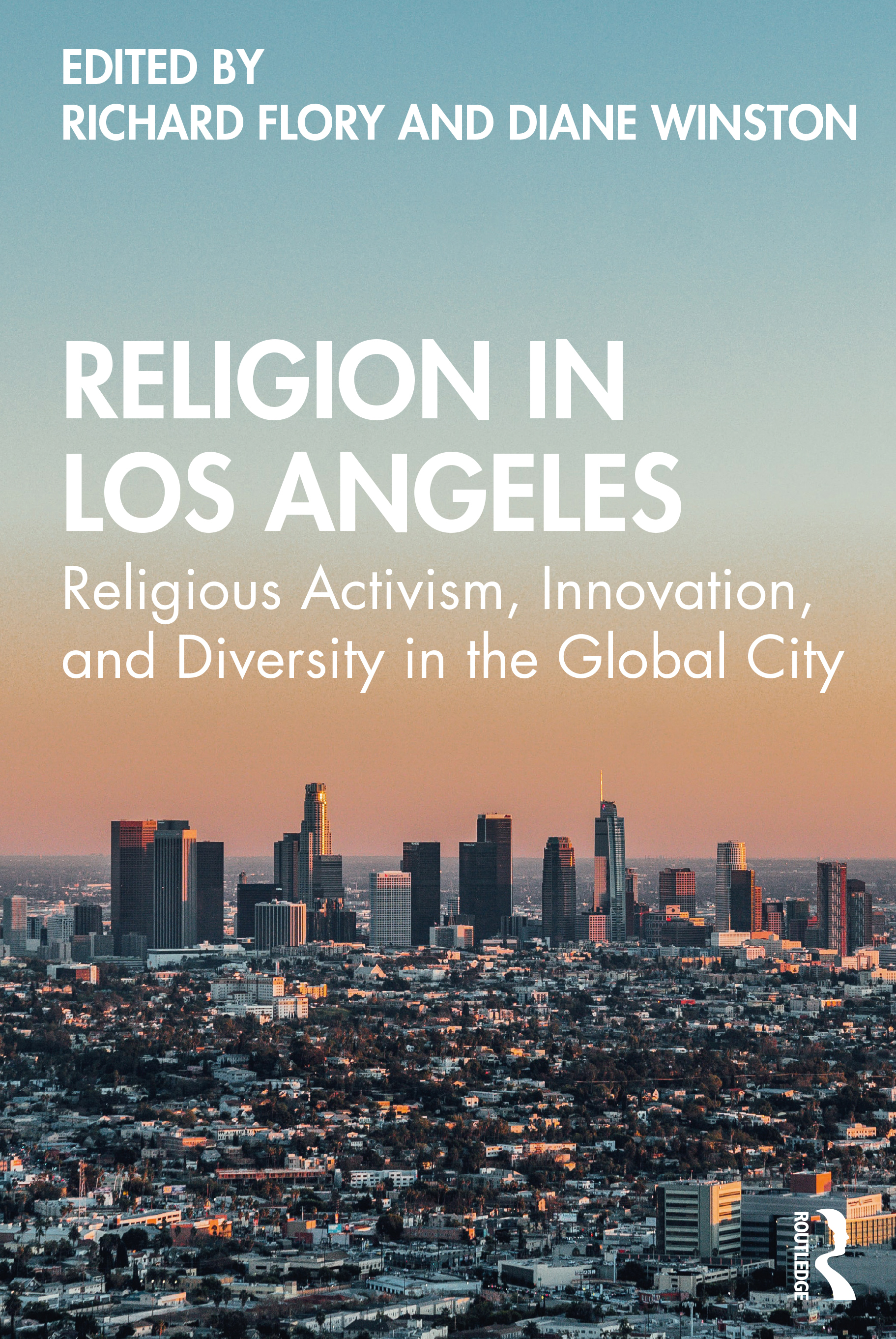- While the rapid growth of Calvinist Christianity in China has surprised some Western observers, the trend has been unfolding for years and is likely to continue, although in new forms thanks to the pandemic and the ever-tightening restrictions on churches by China’s communist government. The Hong Kong-based evangelical journal China Source devotes its winter issue to Calvinist or Reformed churches, noting that these congregations’ adaptation to current stresses should more accurately give them the name “Reforming churches.” Even without the recent challenges, these Chinese churches mirror the diversity of Reformed churches worldwide—whether they be Presbyterian (or “Presbyterian-like”), Baptist, or non-denominational house churches and networks, with a large charismatic element included. Additionally, some Chinese churches “aspire” to be Reformed and adhere to the historic Calvinistic confessional statements and church polity but admit that they are not there yet. The closure of the controversial Early Rain churches in 2018 led some to believe that China’s Reformed experiment had ended, but the appeal of Reformed Christianity is continuing, especially seen among educated urbanites, even though new restrictions may make these congregations less accessible.

Bruce Bagus writes that Reformed churches have found creative ways to continue and to expand their ministries—from capping the number of believers admitted to worship in order to go under the radar, to multiplying meeting places to accommodate small gatherings, which often ends up multiplying membership. Covid mitigation measures have resulted in a “deluge of recorded sermons and worship services posted online and more time for ministers and lay folk to study Reformed theology,” Bagus adds. Another noteworthy article looks at how some Chinese Reformed Christians adapt their views on church-state separation to the new environment by upholding the Reformed teaching on dissent and protesting against government infringements on their faith (such as by refusing to send their children to state schools), while others steer clear of any politics and refrain from challenging the government. This issue can be downloaded from: https://www.chinasource.org/
- As with other religions, Buddhism is facing a major challenge in retaining and reaching its youth. The current issue of the Journal of Global Buddhism (22:2) devotes its articles to Buddhist youth who are experiencing high immigration and the rise of “no religion,” reinforced by projections of decline in Buddhist fertility. These influences are evident in the ways that even teenage Buddhists from Asian families are adopting “convert” styles of Buddhism that eschew the traditional practices of monasticism, devotions, ethical teachings, and more worldly and prestigious forms of the religion. The articles in this special issue cover religious discrimination, the role of social media in shaping Buddhism among youth, and new strategies to attract young people to Buddhism in both Thailand and Britain. In summing up some of the trends among Buddhist youth discussed in this issue, the editors find that traditional elements remain prominent in youthful expressions of Buddhism, since religious elites, particularly in Buddhist-dominated countries such as Thailand and Burma, are able to maintain power and influence as they use social media to reach out to young people. Yet in case studies in the U.S., Britain, India, and Vietnam, Buddhism appears to be taking new forms that are subject to both global and local influences and that de-emphasize rituals, dogma, and what are seen as superstitious elements. This issue can be downloaded at: https://www.globalbuddhism.org/jgb/index.php/jgb/

- In our article on the “alt-right’s” influence on extremist Muslims in last month’s issue, we neglected to cite a somewhat similar populist right-wing influence in Buddhism that was reported in an article in the aforementioned Journal of Global Buddhism (22:1). The article, by Ann Gleig and Brenna Grace Artinger, finds that the leftist stress on “diversity, equity, and inclusion” (DEA) among Buddhist convert groups in the U.S. has sparked a reaction among some members that range from “reactionary conservatism to the alt-right.” For years, the growth of Buddhist converts has been criticized as a white, middle-to-upper class phenomenon, and Buddhist activists have made a point of addressing the lack of diversity in these convert groups, especially the lack of African Americans. This activist thrust was especially evident in Zen Buddhist circles in the Trump years and in the protests surrounding the #MeToo movement and Black Lives Matter. After a conference of the Soto Zen Buddhist Association on DEA issues, criticism circulated in other Zen Buddhist quarters, with popular Zen teacher Brad Warner calling the gathering the “Marxist Take-Over of Buddhism.”

The authors are critical of this development and are clearly on the left side of the political-ideological spectrum, but they provide an informative account of the culture wars playing out in American Buddhism—usually online—just as they are in other faith communities. Some of these conflicts include Buddhist-specific issues, such as Asian-American protests against the influence of white convert Buddhists, and it is not clear why Gleig and Artinger see these currents, such as what they call “reactionary centrism,” as mainly a conservative reaction rather than as efforts by some Buddhists to protest the dominance of left-wing and identity politics in Buddhist spaces. However, the authors do show that not all of these critics are necessarily apolitical. Such groups would include the newly formed #TheBuddhistRight, which seeks to make the case that Buddhism is naturally conservative in political and social outlook, and Right Wing Dharma Squads, a podcast which trades in alt-right online activism, appealing to the “Incel” (involuntary celibate) subculture and making the argument that true Tibetan Buddhism is hierarchical, elitist, and traditional and has little to do with the progressive Buddhism that emerged on the West Coast. This article can be downloaded from: https://www.globalbuddhism.org/jgb/index.php/jgb/
- The conversation between theology and anthropology has advanced well beyond dialogues between Christian missionaries and anthropologists, judging by a 50-page supplement appearing in the Journal of the Royal Anthropological Institute (online in January). The special section brings together (through email communication) a group of Christian, Muslim, and Buddhist theologians with anthropologists to discuss the possibilities of a “post-secular anthropology.” That term is vague enough for both sides to engage in a constructive conversation about the way that anthropology has traditionally dismissed religion as only an object of naturalistic study rather than an approach having its own truth claims, resulting in the exclusion of religious reasoning from public space. On the other side, the theologians find that embracing anthropological research gives them and their faith communities a greater appreciation of how their doctrines and ideas are actually lived out. Topics covered in these conversations include the conflict between the relativism of anthropology and the authority of religious traditions, how the humanistic tradition of Buddhism is in sync with much of anthropology, and the clash of values particularly between anthropologists and Pentecostal churches and leaders. For information on this special supplement, visit: https://rai.onlinelibrary.wiley.com/journal/14679655

- The appearance of the new book Religion in Los Angeles (Routledge, $44.95) is the result of a decade’s worth of research on a city that has been called the center of religious innovation. Edited by Richard Flory and Diane Winston, the book examines the history and contemporary trends in religion in Los Angeles, drawing on contributors from several disciplines. The introduction refers to the “Southern California imaginary” in reference to the pluralistic ethos in culture and religion that drives the region, resulting in no one religious group being dominant and in the region’s innovations in religious teachings, practices and organizations. Despite being seen as a secular center of entertainment and tech industries, the editors find that the religious presence in Los Angeles has actually increased over the years, with a large growth in the number of adherents, congregations and non-profit organizations.

While the first part of the book sets the stage historically for the distinctive quality of LA religion—with chapters on Theosophy, the Self-Realization Fellowship, and the beginnings of Pentecostalism in the city—the second part looks at contemporary religious expressions and related forms of religious activism, including contributions on Korean megachurches and revived Buddhism. The themes of LA’s unique hybridity and transnationalism are explored in chapters on LA Jews and how they have adapted Asian religious practices, particularly Buddhism, and a case study of a Latino Pentecostal church, where older expressions of the faith originating from the Mexican borderlands mix with newer immigrant Pentecostal currents. The book ends with a quantitative analysis finding that Los Angeles and California are more diverse than other parts of the country and that even its evangelical Protestants show more religious diversity.





